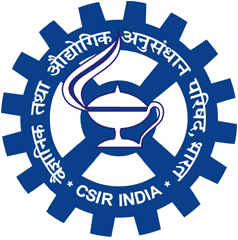Treatments Focus
Muscle and Bone Strength
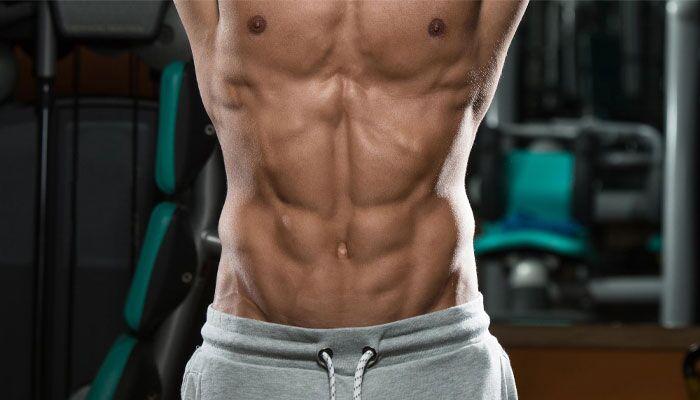
Did you know that every ten years, your skeleton is totally replaced? So now you know. Your bones, like the rest of your body, are constantly breaking down and reforming.
Your musculoskeletal system is made up of bones, muscles, joints and connective tissue. This system provides structure and support to your body while also allowing you to move around. The components of the musculoskeletal system develop and change over time. Bones and muscles can be damaged by injuries and infections.
The shape of your body is given by your bones. They hold the body and protects organs. Minerals like calcium and phosphorus are stored in bones. They also contain bone marrow where new blood cells are formed. Whereas, muscles in our body has different functions, but all work to produce movement and stabilize the body.
Impact of nutrition on bones and muscle
Nutrition has a huge effect on bone and muscle health throughout life. For example, what your mother ate while you were growing in her womb reflected your bone health as a new born and kid. This is because her nutritional mineral supply impacts your baby’s bone mass. We continue to build bone mass throughout our lives until we reach the age of 30 when our bodies stop generating bone deposits, at which point we begin to lose bone mass.
The process of muscle and bone regeneration and remodelling is complicated when one has poor nutrition and is low in key nutrients (e.g. calcium, vitamin D, and magnesium).
Impact of exercise on bones and muscles:
Exercise slows bone degradation and produces bone remodelling, which is a process that repairs minor damage and strengthens bones so they can adapt to the demands of exercise. Stress on the bone from muscular contraction and impact during weight-bearing workouts like jogging, stair climbing, and jumping rope causes the remodelling.
Exercising improves muscle strength, endurance, and flexibility. All of these elements make it easier to complete chores and reduce your risk of injury and falls. Muscles that are strong also serve to support and protect your joints, lowering your chance of injury.
What causes muscle and bone weakness?
Alcohol and
caffeine intake.
Use of
pharmaceuticals
Nutrient
deficiency
Ageing
Underlying muscle
or bone diseases
Strenuous or
heavy exercises
FAQ's :
Studies have identified 16 locations which are linked to muscle mass. Muscle mass is increased with strength training, but hereditary variables also play a part in determining how much muscle mass a person can have.
About 60 to 75 percent of the variance in peak bone mass/density is controlled by genes, but smaller fraction of variance in rate of loss is controlled by genes. Body size, bone size, and muscle mass all have a role in the genetic influence on bone mass/density.
Muscular Dystrophy is caused by changes (mutations) in the genes that control the structure and function of the muscles. Because of the mutations, the cells that should sustain your muscles are unable to do so, resulting in muscle weakening and increasing impairment.
Bone strength may be inherited, and its genetic determinants are shared to some extent with bone mineral density, according to a new study.
References:
- Nutrition In Bone and Muscle Health. Chiropractic and physiotherapy health center. Accessed on 29-03-2022. https://chirophysic.co.ke/2017/10/06/nutrition-in-bone-and-muscle-health/.
- Interaction of Nutrition and Exercise on Bone and Muscle. PubMed Central. Accessed on 29-03-2022. https://www.ncbi.nlm.nih.gov/pmc/articles/PMC6587895/.
- Genetic Roles in Muscle Strength. ACSMs Health and Fitness Journal. Accessed on 29-03-2022. https://journals.lww.com/acsm healthfitness/fulltext/2007/03000/genetic_roles_in_muscle_strength.8.aspx#:~:text=The%20estimated%20proportion%20of%20muscle,the%20specific%20muscle%20group%20tested
- Bones, muscles and joints. Health direct. Accessed on 29-03-2022. https://www.healthdirect.gov.au/bones-muscles-and-joints#:~:text=Bones%2C%20muscles%20and%20joints%20make,grow%20and%20change%20throughout%20life.
- Comparison of Muscle Function, Bone Mineral Density and Body Composition of Early Starting and Later Starting Older Masters Athletes. Frontiers in physiology. Accessed on 29-03-2022. https://www.frontiersin.org/articles/10.3389/fphys.2019.01050/full#h5
Related Articles
Book an Appointment to understand how GenepoweRx can help you in treating
Muscle and Bone Strength
Meet The Doctors
Dr Kalyan Uppaluri
Dr Hima Challa
Your genetics … Your Test ... Your Health Success
It’s always the word of mouth that’s the best advice. Here are some of our…
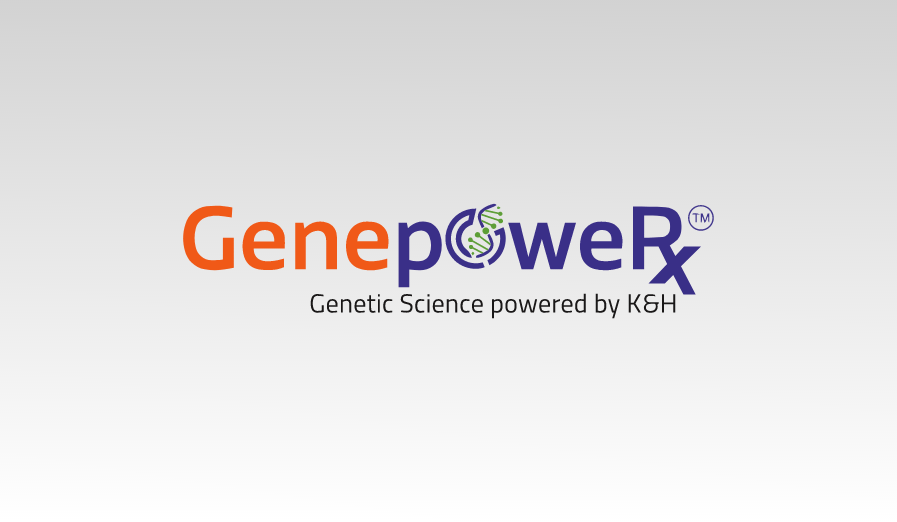

Our Partners
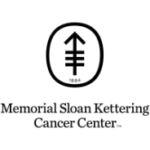

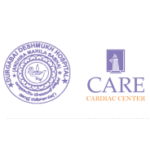



Professional Partnerships
Government Association
